Wat-er Wonderful Plants
In our City in Nature, you can find greenery from forest to the coast, and sometimes, even on the water!
In the plant world, many of us are familiar with those that grow on land but look further and you can find some that can grow partially or even fully submerged in water. Water plants are fascinating flora with their own unique features and growth habits.
Check out these three common water plants you may have seen in our parks and gardens or can even consider growing in water at home.
Water Lily
Photo credit: Shi Biying
The Water Lily (Nymphaea rubra) is commonly found in shallow muddy ponds. Its beautiful flowers are joined by long stalks rising above the water. The circular-shaped leaves are connected to long stalks containing air spaces which help them float on the water surface.
The Water Lily flowers for about four days; during this period its lightly scented blooms open at night and close in the morning. So be sure to admire this plant when the sun goes down.
Lotus
Photo credit: Chua Liat Seng Gary
Can you tell the difference between the Water Lily and the Lotus? The Lotus (Nelumbo nucifera) is easily distinguished by its large flowers. While some of its leaves float on the surface like the Water Lily, it also has other leaves that rise above the water’s surface.
Most parts of the Lotus are edible, including the flowers and leaves. The seeds are often made into lotus seed paste, an ingredient in mooncakes that are eaten during the Mid-Autumn Festival.
You do not need to have a huge pond to introduce water plants to your home. Growing them in a large pot can suffice as a water feature in your garden!
Common Arrowhead
Photo credit: Charis Chiang
The Common Arrowhead (Sagittaria latifolia), also known as the Broadleaf Arrowhead, gets its names from its distinctive arrow-shaped leaves. It grows well in shallow and muddy areas and is commonly found in marshes, swamps as well as shallow areas of ponds and streams. Its starchy tubers buried in the muddy soil are eaten by waterfowl.
You can cultivate this arrowhead under full or partial sun in shallow water with pH levels of 6.0 to 6.5, and soil rich in organic matter.
Gardeners’ Day Out
Participate from the comfort of your home with online activities such as talks and demonstrations, video tutorials of activities and promotions offered. Enjoy Gardeners’ Day Out online at www.nparks.gov.sg/GDO.
If you are visiting onsite, mask-wearing in outdoor settings such as parks, gardens and nature reserves is optional but continues to be required when you visit our indoor facilities, such as museums, galleries and enclosed visitor centres.
You can also enjoy videos of our Gardening With Edibles Masterclass Series. They are conducted by NParks horticulturists, focusing on unique and challenging edibles across different plant families.
Learning More
If you are a gardening newbie, visit NParksSG, our refreshed YouTube Channel that serves as a one-stop repository for close to 300 video resources. It covers topics ranging from types of soil needed for your garden and how to plant, harvest and even cook your edibles.
For more information about the flora and fauna found in Singapore, please visit Flora and Fauna Web.
If you like what you read, follow us on Facebook, Instagram and Telegram to get the latest updates.
Text by Charlotte Tan


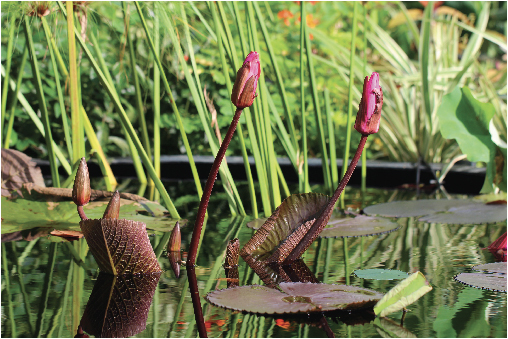
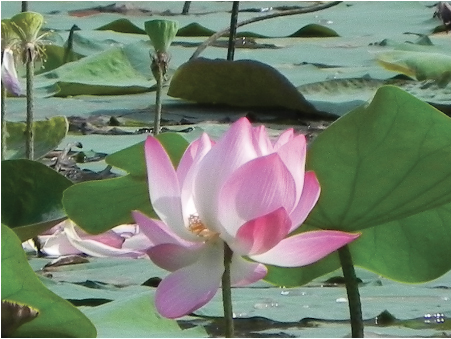
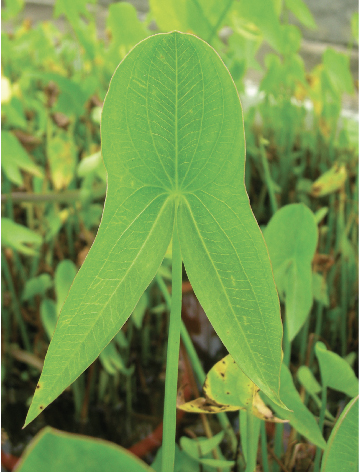
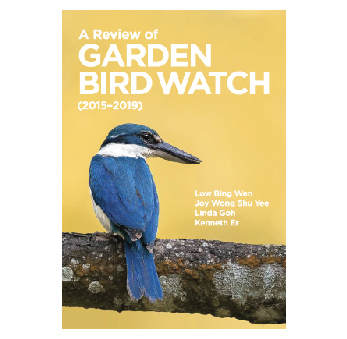
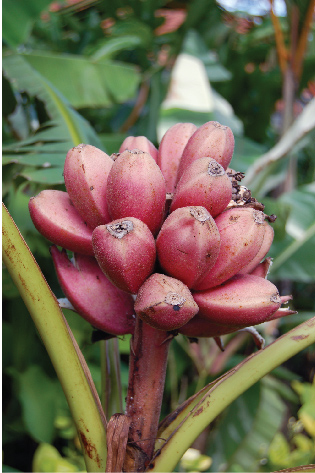
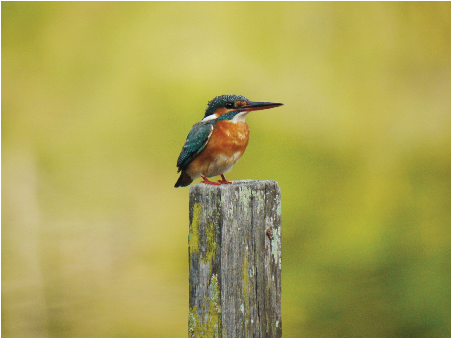
Have views or comments on this article? Let us know via this form. If you would like to give us feedback on any other areas relating to our parks and gardens, please submit via https://www.nparks.gov.sg/feedback